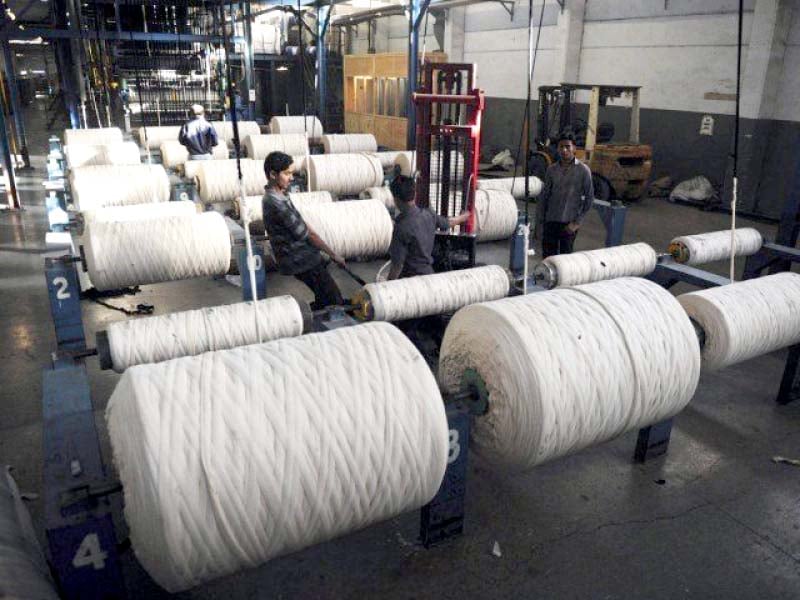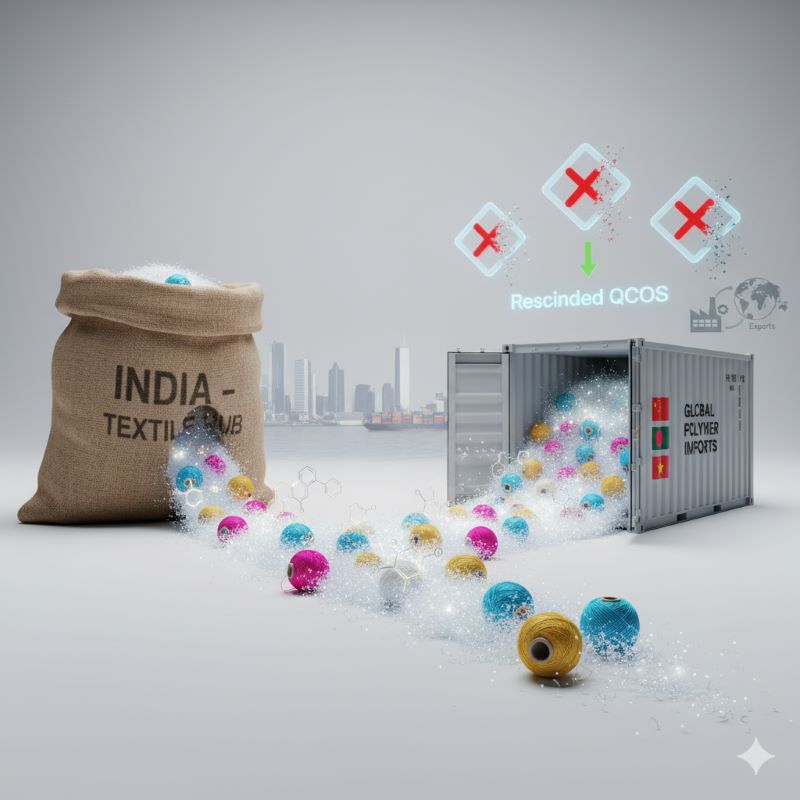
Pakistan's textile sector, a pillar of the nation's economy, is facing a new wave of influence: China. While Chinese investment has brought significant benefits, concerns are rising about its long-term impact.
China is Pakistan's largest trading partner, with bilateral trade exceeding $25 billion in 2023. Textile and apparel exports from Pakistan to China have grown steadily, reaching $2.2 billion in 2023. As per Pakistan Bureau of Statistics China accounted for 26.4 per cent of Pakistan's total textile imports in 2022, a increase from 18.7 per cent in 2018. This trend reflects China's dominance in synthetic fiber production, a key raw material for Pakistani apparel. Chinese imports to Pakistan's textile sector have also gone up, exceeding $4.5 billion in 2023. This significant trade imbalance raises concerns. Pakistan Bureau of Statistics also reveals, China is Pakistan's top source of textile machinery imports, accounting for over 40 per cent in 2023. This translates to a rise in efficiency and modernization for Pakistani mills.
China's share in Pakistan's textile imports
|
Year |
China's share |
|
2018 |
18.70% |
|
2019 |
21.20% |
|
2020 |
23.80% |
|
2021 |
25.10% |
|
2022 |
26.40% |
Collaboration with caution
One example of China's growing presence is the China-Pakistan Economic Corridor (CPEC). This multi-billion dollar infrastructure project includes plans for joint ventures in textile manufacturing. While this promises increased production capacity for Pakistan, some industry leaders worry about competition with established Chinese brands. The influx of Chinese investment in textile mills is a double-edged sword," says Asif Aziz, Chairman, Pakistan Textile Mills Association (PTMA). "While it brings much-needed modernization, it also creates competition for our own brands in the international market."
Nishat Mills, a leading Pakistani textile manufacturer, exemplifies the potential benefits of collaboration. The company partnered a Chinese firm to establish a state-of-the-art spinning mill. This venture has resulted in increased production capacity, improved technology adoption, and job creation. However, industry experts warn against overreliance on Chinese technology and materials, advocating for fostering domestic innovation. As Sarah Ahmed, CEO, Gul Ahmed Textile Mills points out, Pakistan needs to leverage Chinese expertise while nurturing local talent to build a sustainable and competitive textile sector.
Fashion forward or following trends
The impact of China extends beyond raw materials. Chinese fast-fashion trends are influencing Pakistani consumer preferences. This can be a positive force, offering a wider variety of styles and potentially boosting domestic apparel sales. However, some argue that a focus on replicating trends hinders the development of a unique Pakistani fashion identity.
"We need to strike a balance between embracing global trends and nurturing our own design talent," says Sarah Rashid, a prominent Pakistani fashion designer. "Collaboration with Chinese designers could be a way to achieve this." While Chinese investment offers access to advanced technology, improved infrastructure, and potential market expansion, some concerns linger. Job displacement is one of them as some fear cheaper Chinese imports could lead to job losses in Pakistan's labor-intensive textile sector. Also there is the fear of erosion of domestic industry. Overdependence on Chinese technology and materials could stifle local innovation and weaken domestic producers.
To navigate this complex landscape, Pakistan needs a multi-pronged approach.
• Skilling the workforce: Invest in training programs to equip Pakistani workers with the skills needed to operate advanced machinery and compete in a globalized market.
• Promoting value addition: Encourage Pakistani manufacturers to move beyond basic textiles and focus on higher-value products like finished garments and designer wear.
• Fostering innovation: Create an environment that incentivizes research and development in the textile sector to ensure long-term competitiveness.
China's growing presence in Pakistan's textile sector presents a double-edged sword. By embracing collaboration strategically and nurturing domestic capabilities, Pakistan can leverage this trend to propel its textile industry towards a prosperous future.












